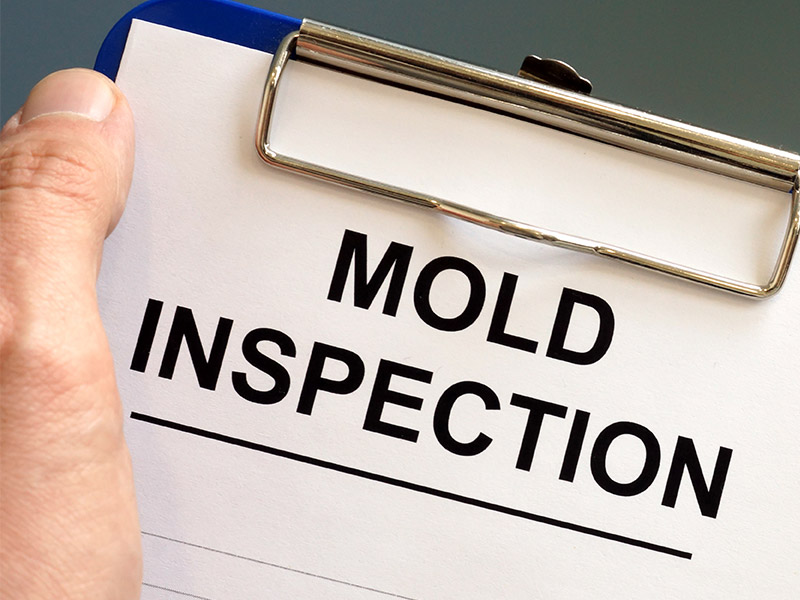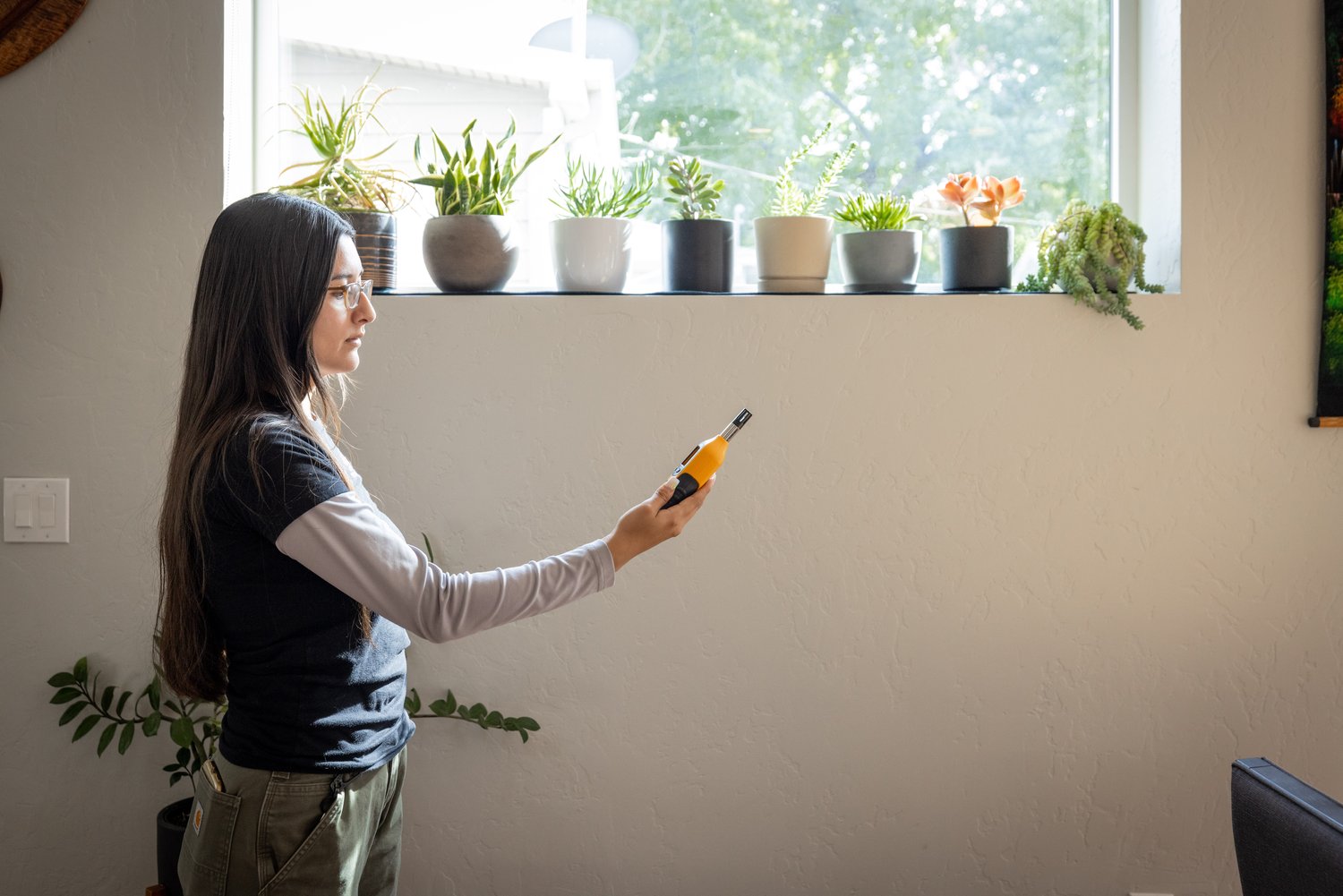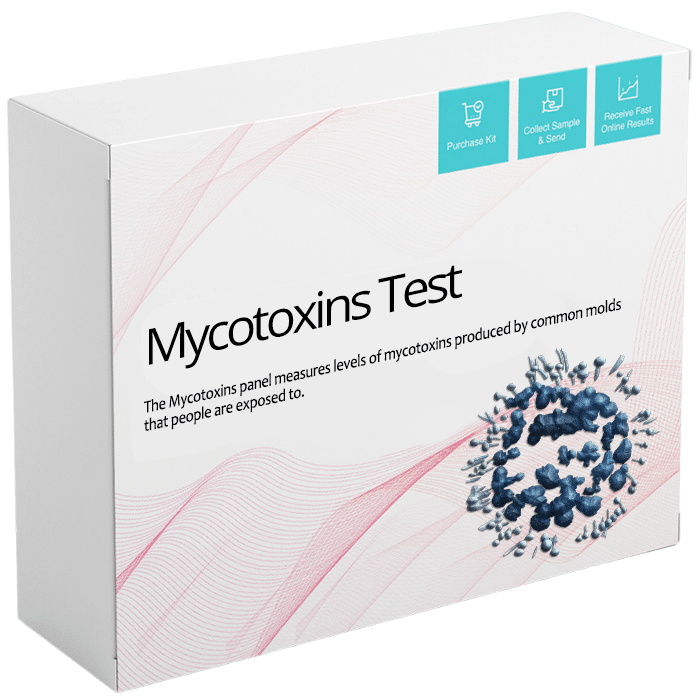The Role of Mycotoxin testing Services in Food and Feed Security
Exactly How Mycotoxin Testing Assists Prevent Contamination and Secure Food Supplies

Mycotoxin testing is an essential practice in the food sector, serving as a frontline protection versus contamination by damaging toxins generated by molds. With the application of sophisticated methods like High-Performance Fluid Chromatography (HPLC) and Liquid Chromatography-Mass Spectrometry (LC-MS), food producers can precisely identify and evaluate mycotoxin levels in farming products. This aggressive strategy not just guarantees compliance with rigorous safety guidelines however also mitigates health threats to customers. Routine screening strengthens brand name credibility and economic wellness by reducing contamination-related incidents. So, just how precisely do these screening protocols incorporate right into the broader food security strategy?
Understanding Mycotoxins
Recognizing mycotoxins begins with acknowledging that they are toxic second metabolites generated by particular mold and mildews, which can infect farming items. These metabolites are not vital for the development or reproduction of the fungi but can have serious ramifications for animal and human health. Mycotoxins are generally located in staple crops such as corn, wheat, barley, and nuts, where they can multiply under specific conditions of moisture and temperature level.
There are a number of types of mycotoxins, each produced by various fungal species. Fusarium types generate fumonisins and trichothecenes, both of which are linked with numerous acute and persistent health problems.

Threats of Mycotoxin Contamination
The dangers of mycotoxin contamination are diverse, positioning considerable dangers to both food security and public health. Mycotoxins, hazardous compounds produced by particular kinds of fungi, can pollute a wide range of farming products including grains, nuts, flavors, dried out fruits, and coffee.
Financial impacts are another major problem. Contaminated crops can cause significant monetary losses for farmers and food producers as a result of minimized yields and the demand for expensive purification measures. Moreover, worldwide trade can be considerably impeded as nations impose rigorous mycotoxin policies to safeguard their populations, causing declined deliveries and stretched trade relationships.
Ecological elements such as climate change worsen the danger of mycotoxin contamination. Variants in temperature level and moisture can produce beneficial problems for fungal development, boosting the likelihood of contamination occasions. Thus, understanding and mitigating these dangers are critical for ensuring the safety and security and honesty of global food products.
Techniques of Mycotoxin Checking
Precisely identifying mycotoxin contamination in farming products is necessary for protecting public wellness and maintaining food security requirements. Numerous methods are employed to find and evaluate mycotoxins, each offering certain advantages and limitations.
High-Performance Get More Information Liquid Chromatography (HPLC) is a widely used technique as a result of its high sensitivity and precision. It includes separating mycotoxins from other substances in an example, making it possible for accurate metrology. Liquid Chromatography-Mass Spectrometry (LC-MS) combines liquid chromatography with mass spectrometry to give detailed molecular info, making it particularly valuable for determining numerous mycotoxins simultaneously.

Gas Chromatography-Mass Spectrometry (GC-MS) and Thin-Layer Chromatography (TLC) are also utilized, each with special applications. GC-MS works for unpredictable mycotoxins, while TLC offers an easier, affordable choice for preliminary screening.
Benefits of Routine Examining
Normal screening for mycotoxins in farming products provides many advantages, considerably adding to public wellness and food safety and security. By recognizing contamination early, regular screening helps avoid the distribution of harmful foods, therefore decreasing the threat of mycotoxin-related diseases among customers. This aggressive strategy not only safeguards human health and wellness however additionally improves the general quality of food products.
Different nations and areas have actually developed strict limits for mycotoxin levels in food and feed. Adhering to these restrictions via regular screening ensures that distributors and producers meet legal requirements, thus avoiding penalties and profession obstacles.
Furthermore, regular mycotoxin testing can cause considerable economic advantages. Early discovery of contamination enables prompt treatment, decreasing prospective losses from widespread contamination. Applying regular testing methods can additionally reduce recall prices and relevant responsibilities, which can be monetarily devastating.
In addition, normal testing supplies beneficial information that can inform far better farming practices and storage go to this website conditions. By recognizing patterns of contamination, manufacturers can embrace safety nets, thereby lowering future risks and adding to the sustainability of the food supply chain.
Implementing Examining Methods
Implementing reliable mycotoxin screening protocols is critical for guaranteeing the safety and security and high quality of agricultural products. Developing a robust testing structure involves numerous crucial actions, beginning with the identification of possible contamination points within the production and supply chain. This consists of pre-harvest, post-harvest, storage, and distribution stages. Each phase has to be looked at to identify where mycotoxin contamination is probably to happen.
Once crucial control factors are determined, picking proper testing approaches is necessary. Typical methods consist of enzyme-linked immunosorbent assay (ELISA), high-performance fluid chromatography (HPLC), and mass spectrometry official statement (MS) Each method has its staminas and weaknesses; therefore, picking the appropriate one relies on the details mycotoxin being tested, the required level of sensitivity, and available resources.

Last but not least, incorporating the screening protocols right into an extensive food safety monitoring system is recommended. This boosts traceability and allows swift restorative actions when contamination is spotted, thereby protecting the integrity of the food supply chain.
Final Thought
Mycotoxin testing is essential in stopping contamination and protecting food supplies by enabling early detection of dangerous contaminants produced by molds in agricultural products. Normal screening enhances brand reputation, monetary stability, and depend on in food security by lessening contamination-related losses and keeping high criteria in food manufacturing.
Mycotoxin screening is an essential technique in the food industry, serving as a frontline protection versus contamination by harmful toxins produced by mold and mildews. An incorporated strategy entailing farming methods, storage management, and routine testing can reduce the risks associated with mycotoxin contamination, ensuring food safety and security and public wellness.
The threats of mycotoxin contamination are diverse, positioning significant threats to both food safety and security and public wellness.Routine testing for mycotoxins in farming items provides numerous advantages, dramatically adding to public health and food safety and security.Mycotoxin screening is vital in avoiding contamination and safeguarding food products by allowing early discovery of damaging toxins generated by molds in agricultural items.